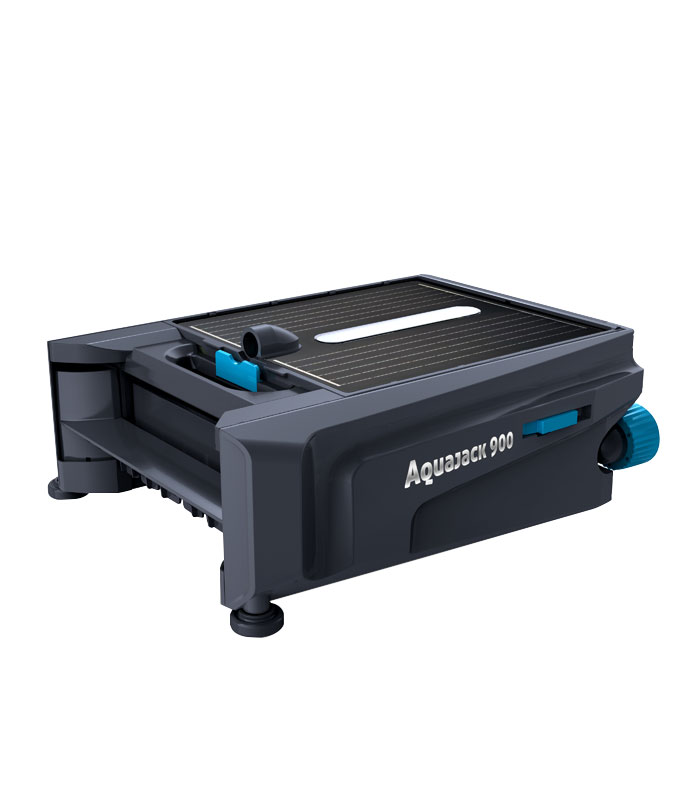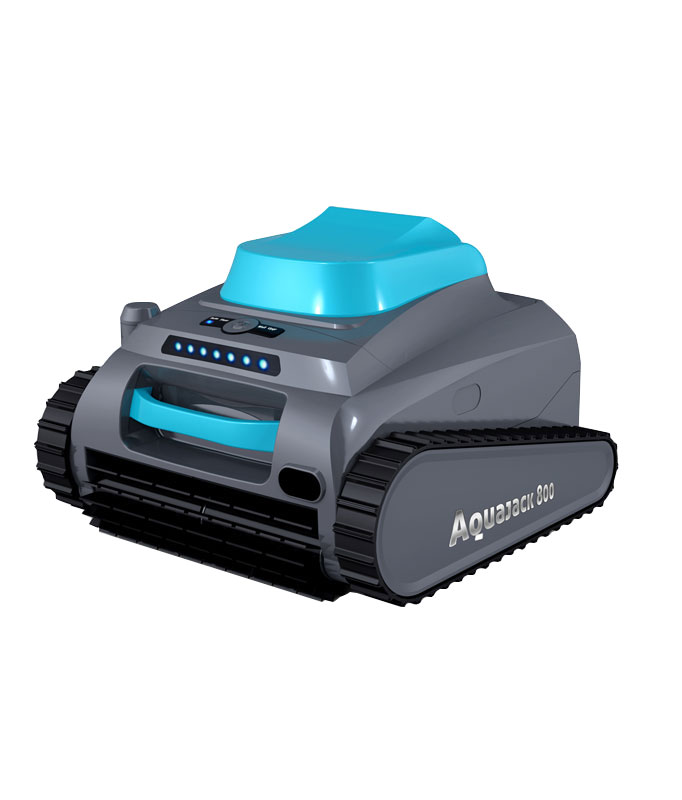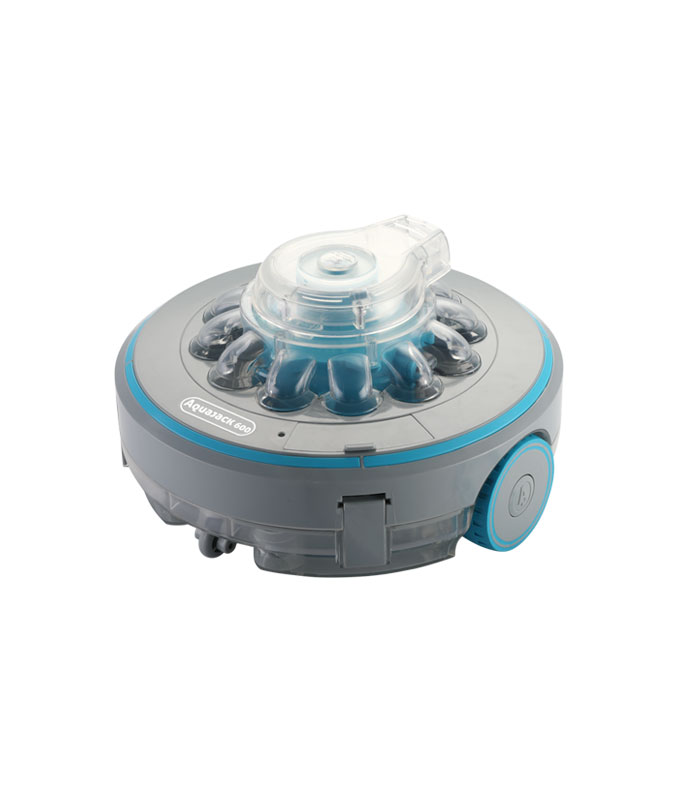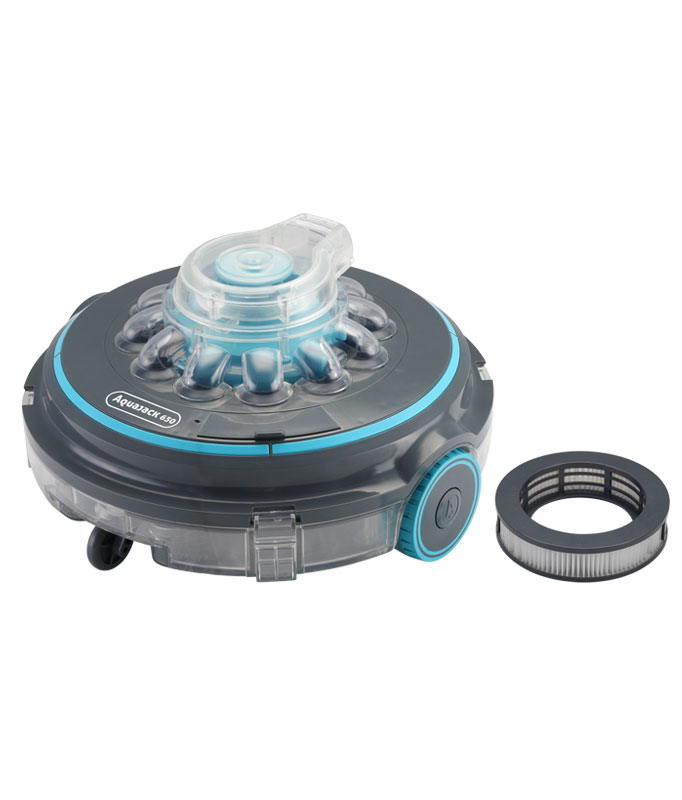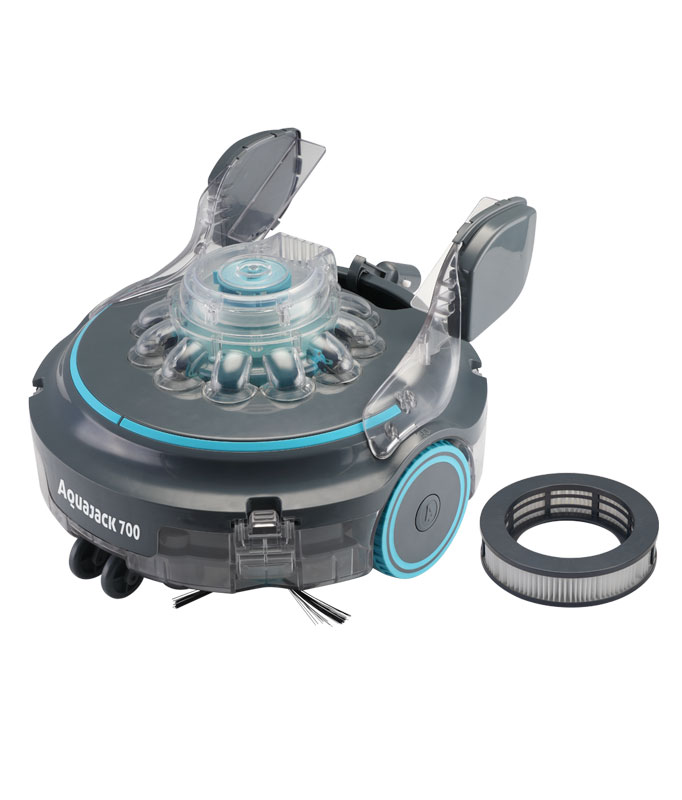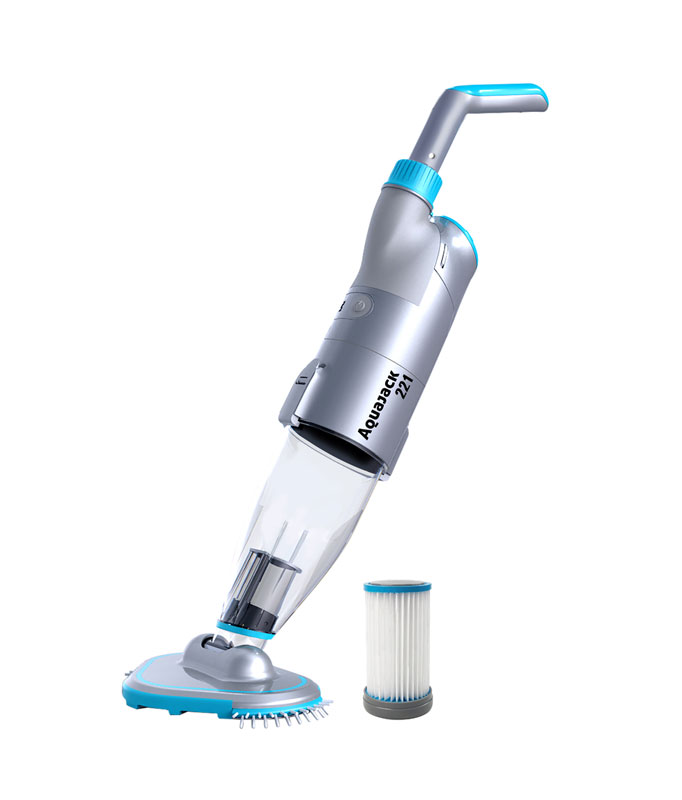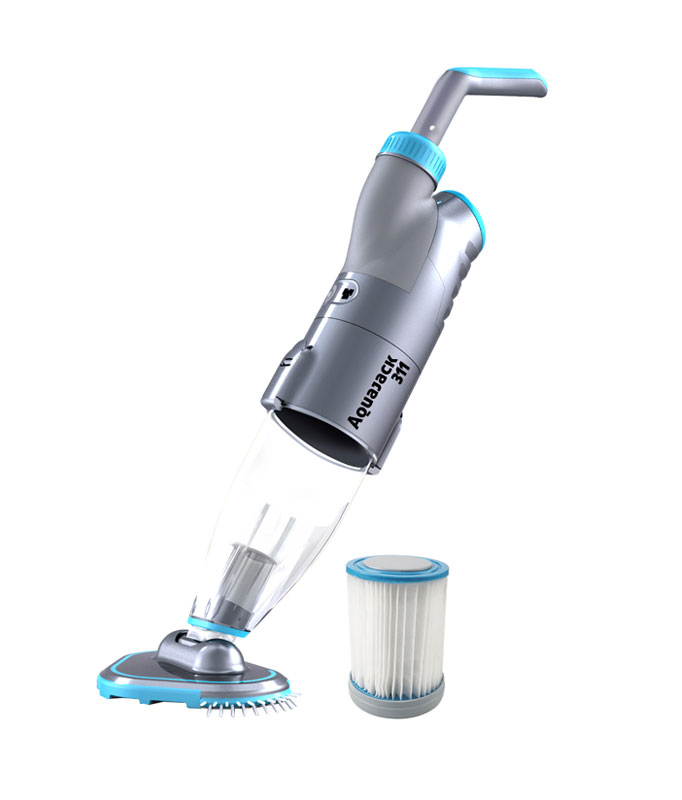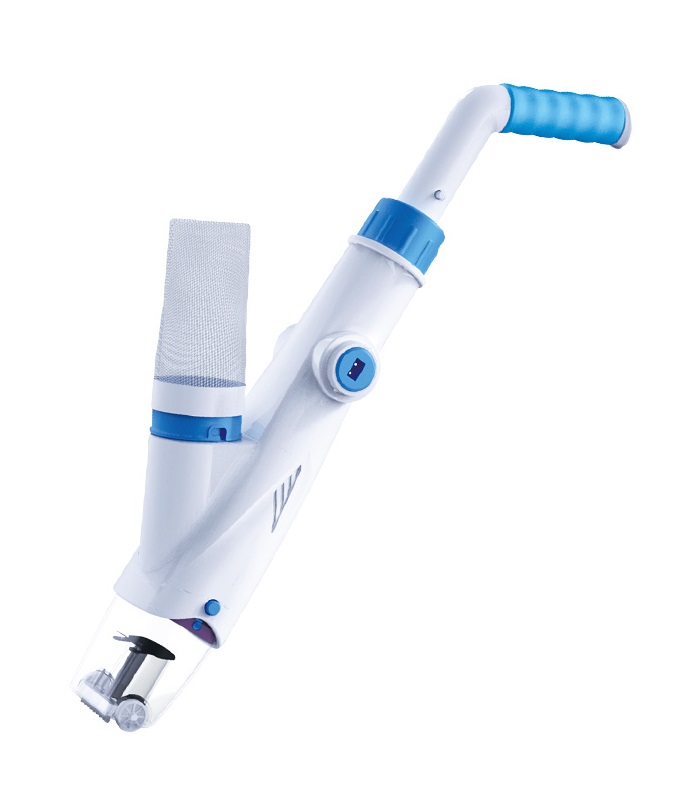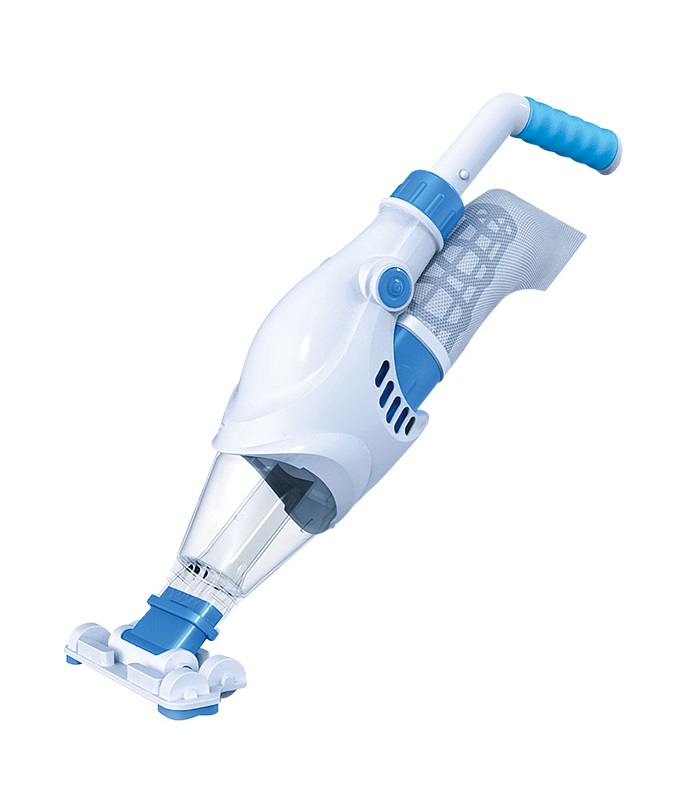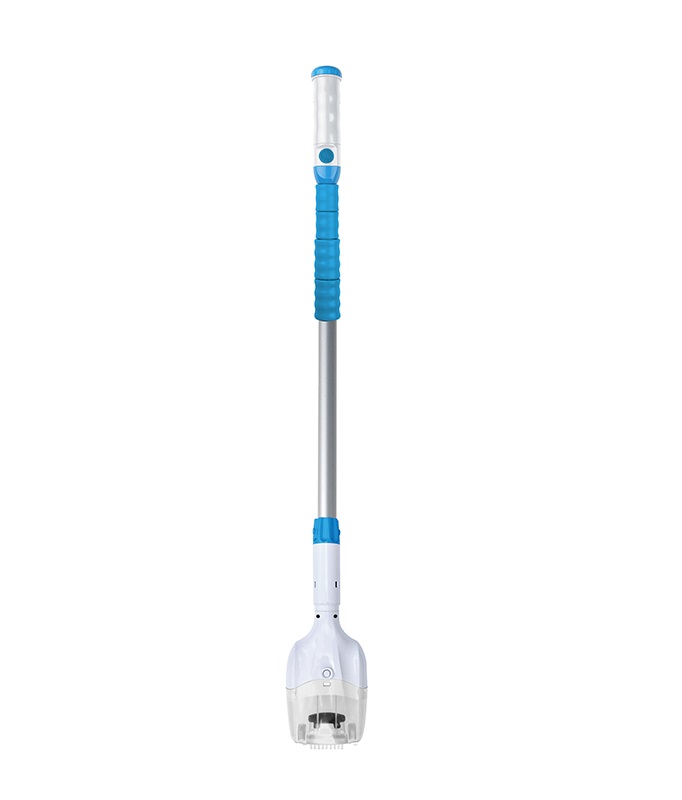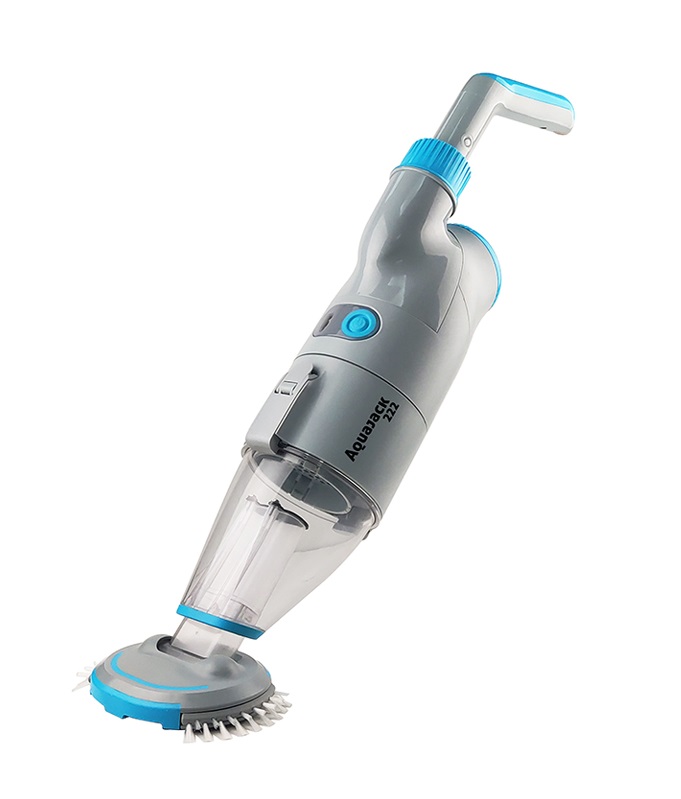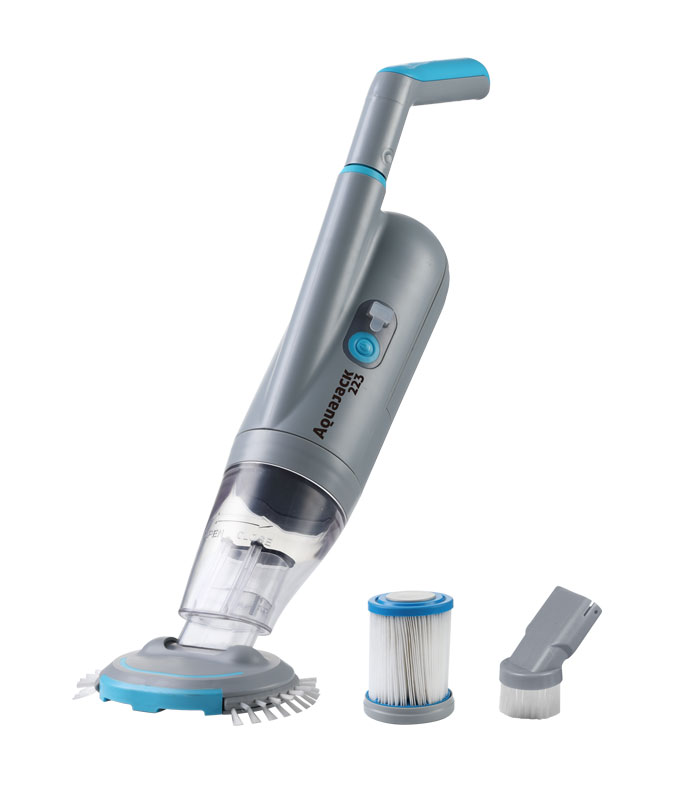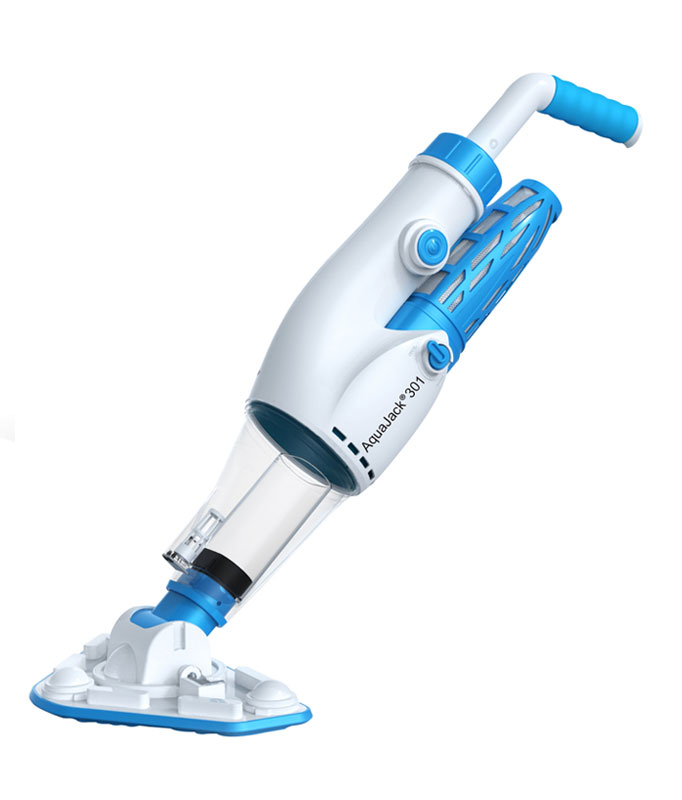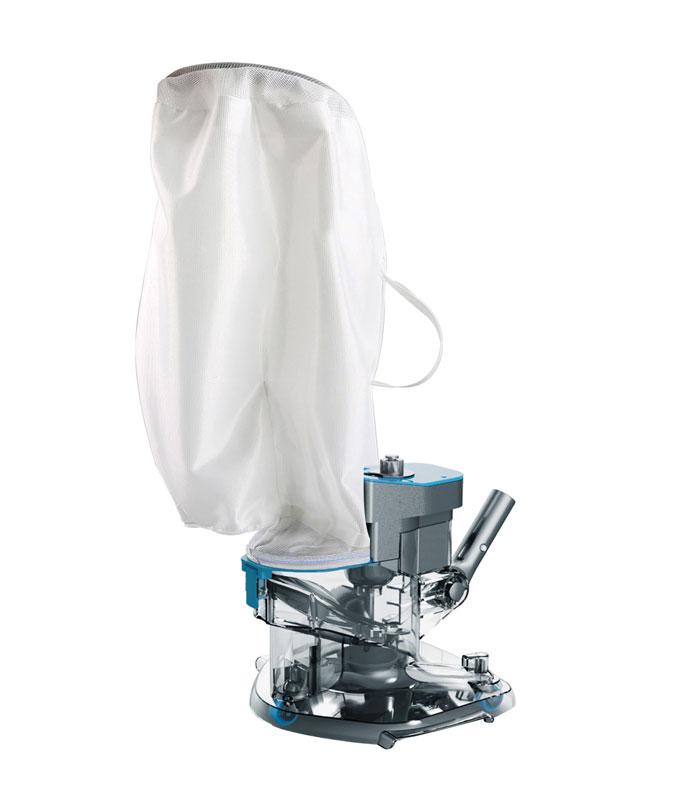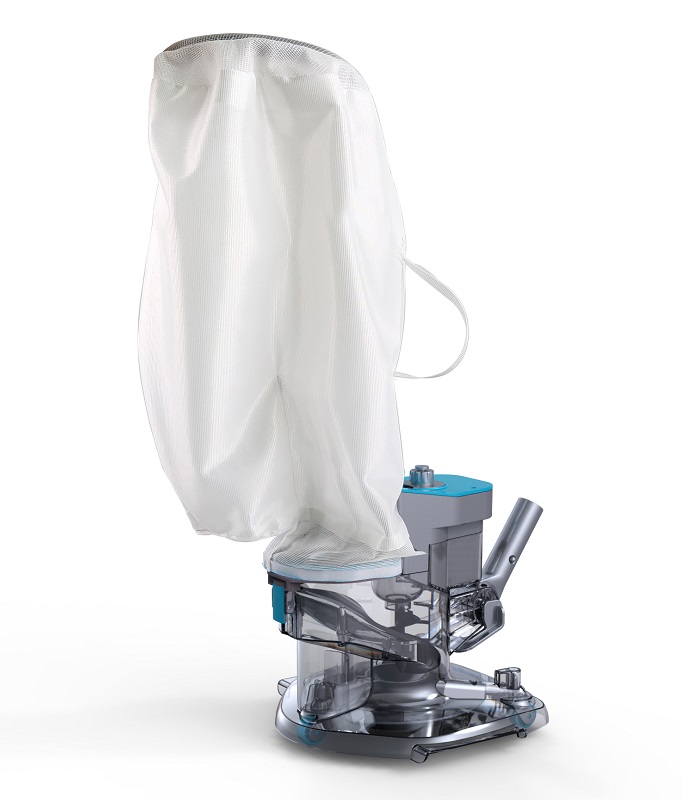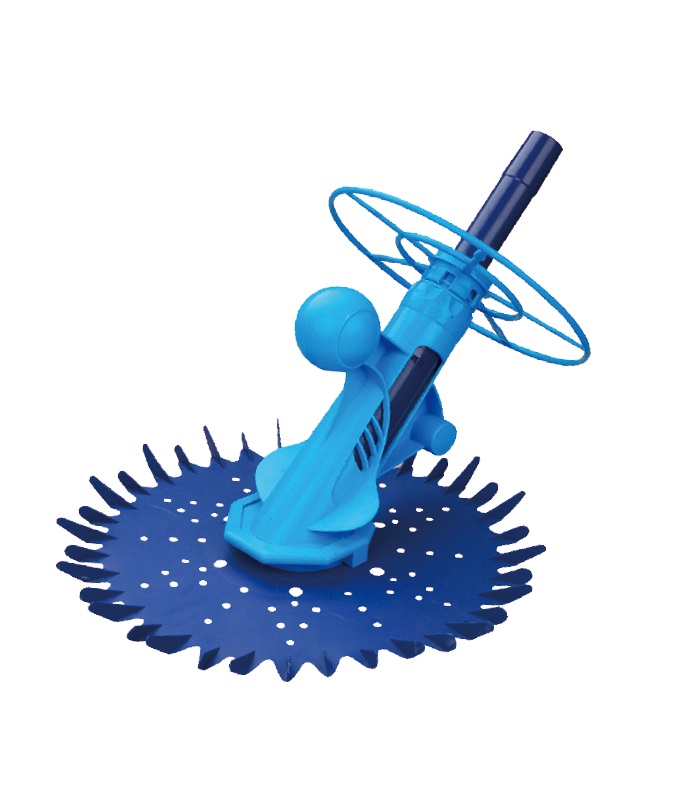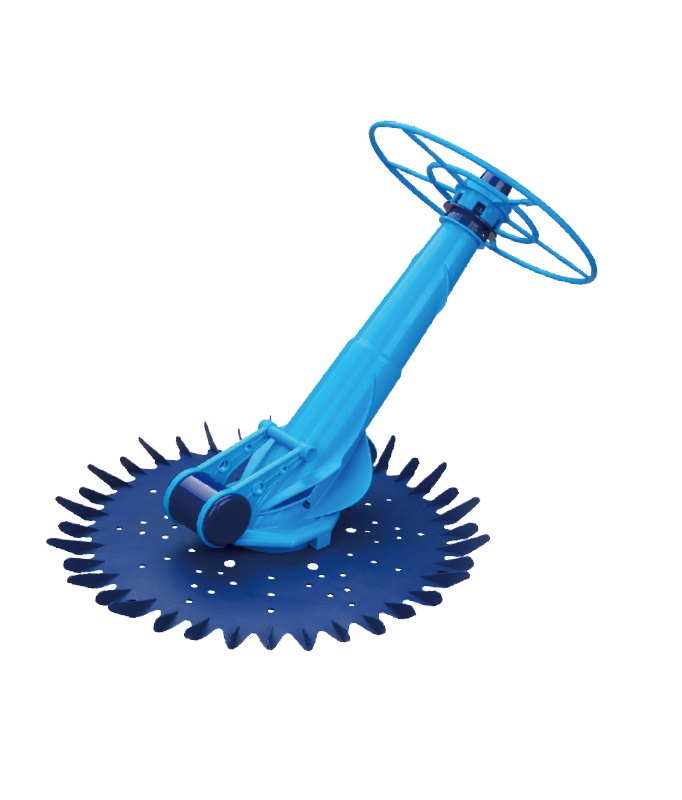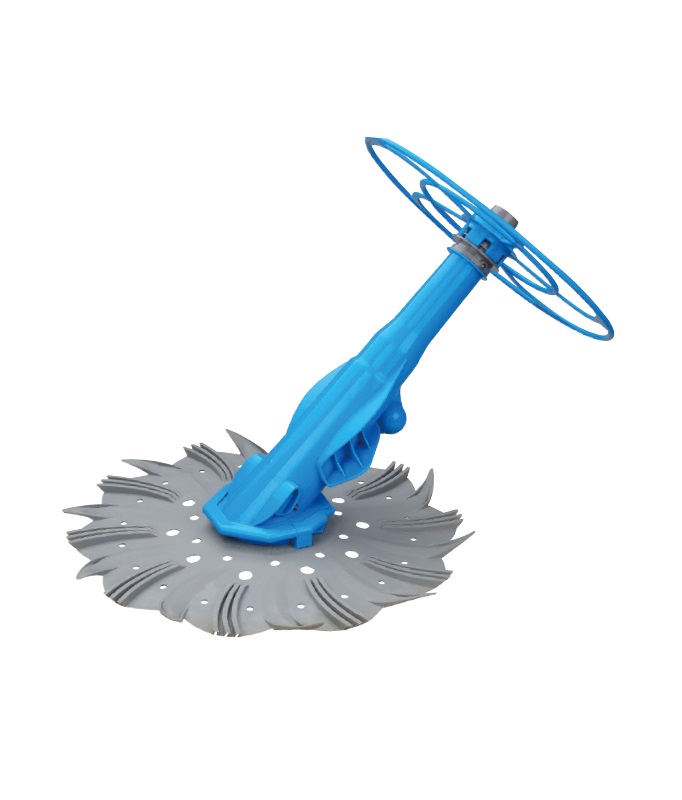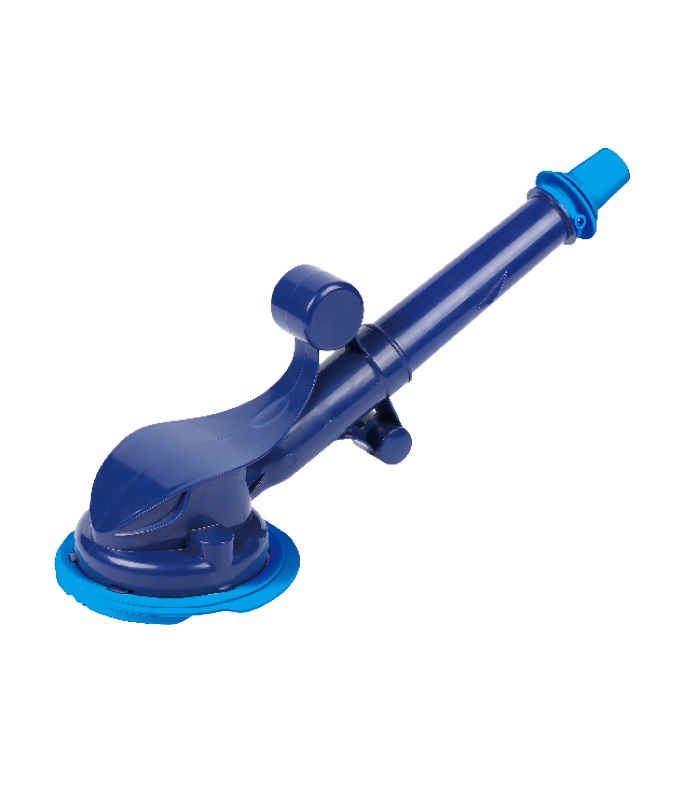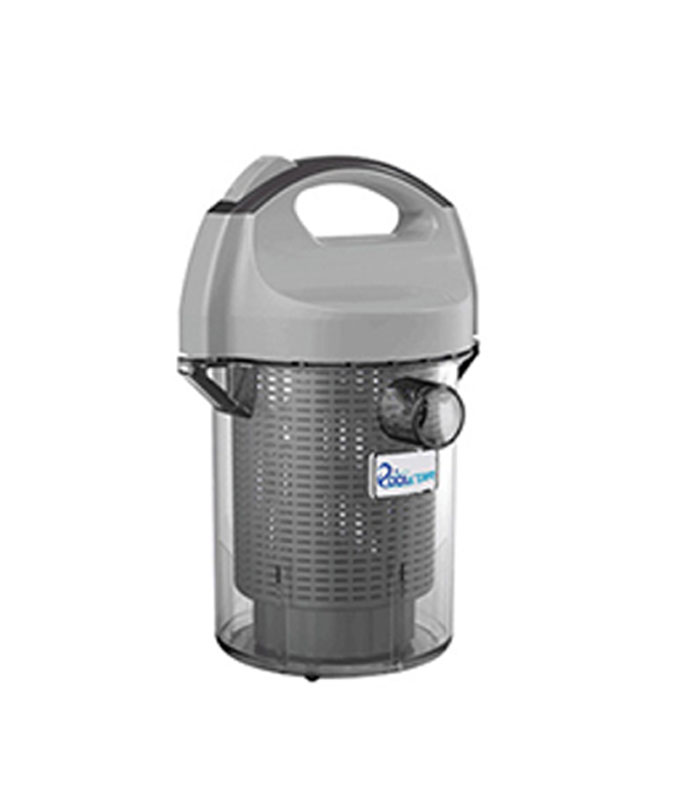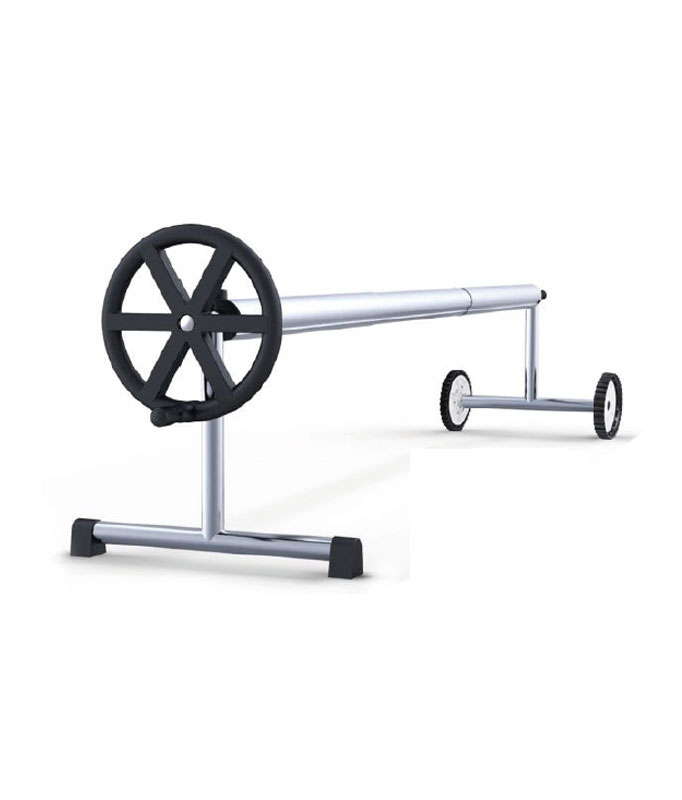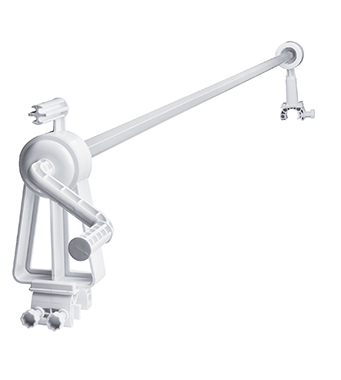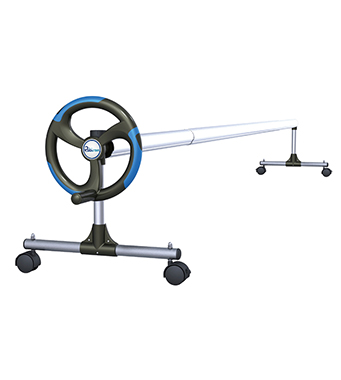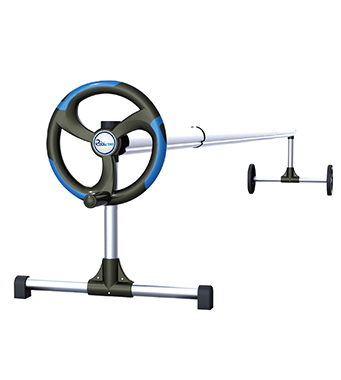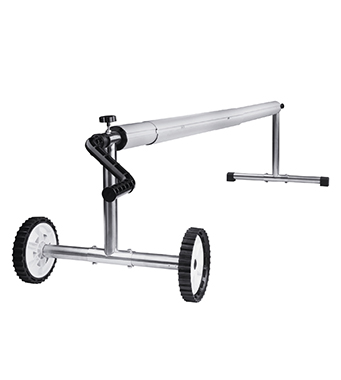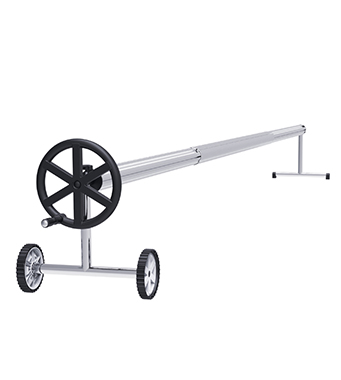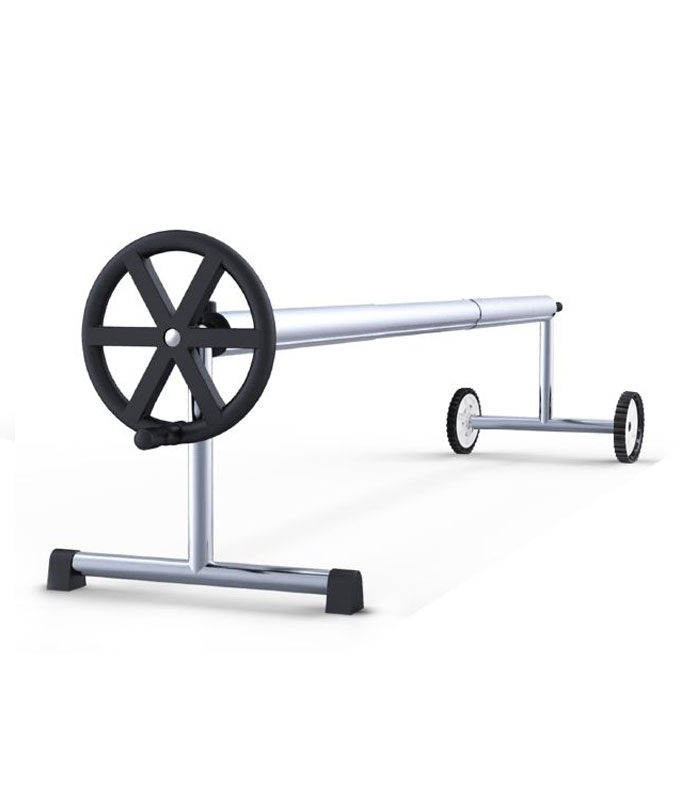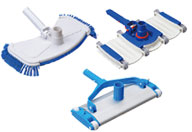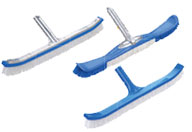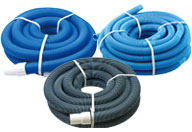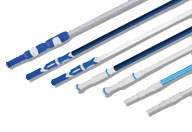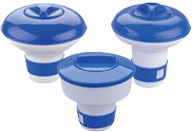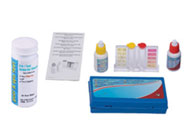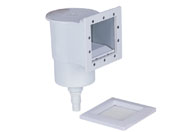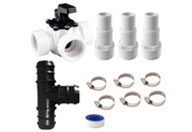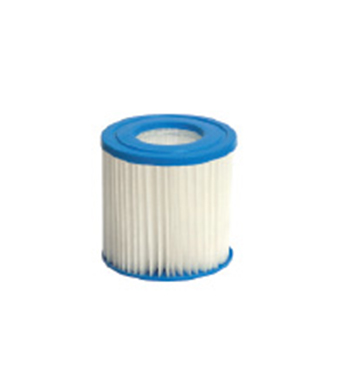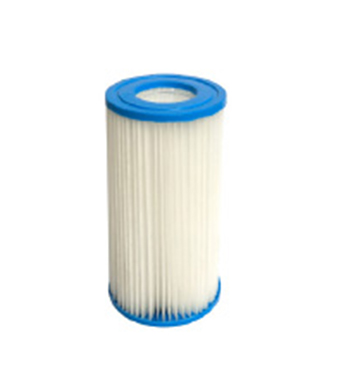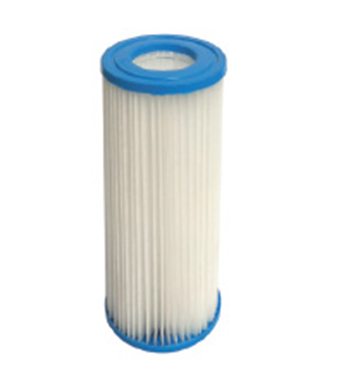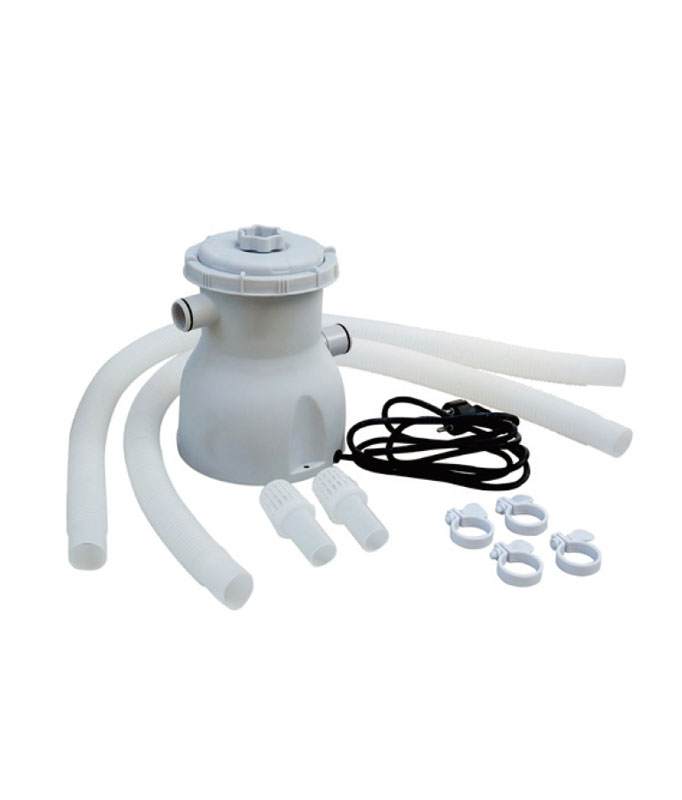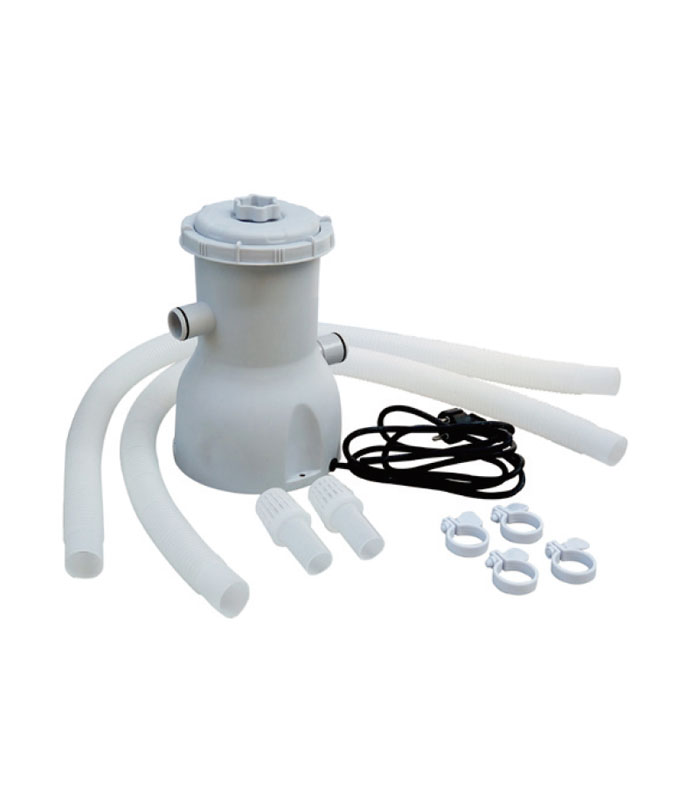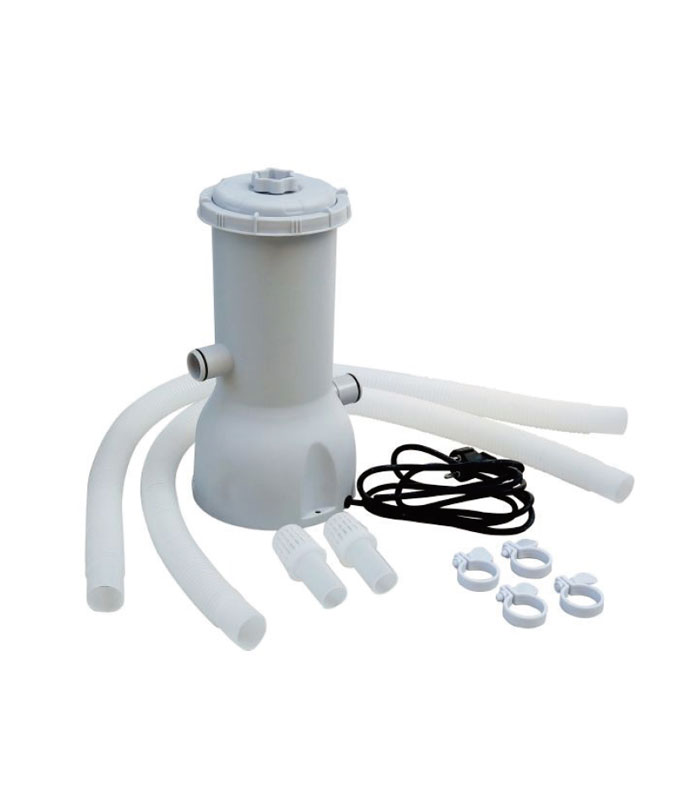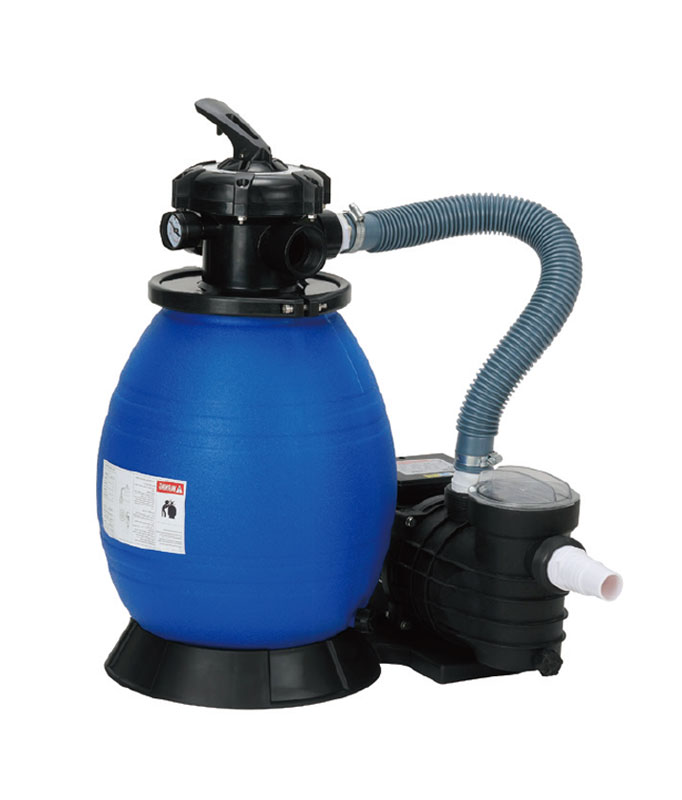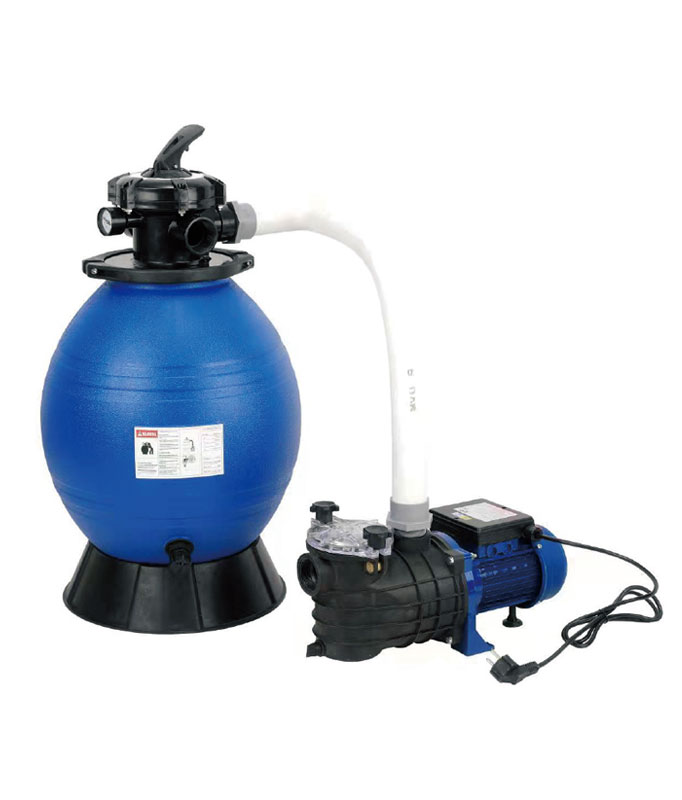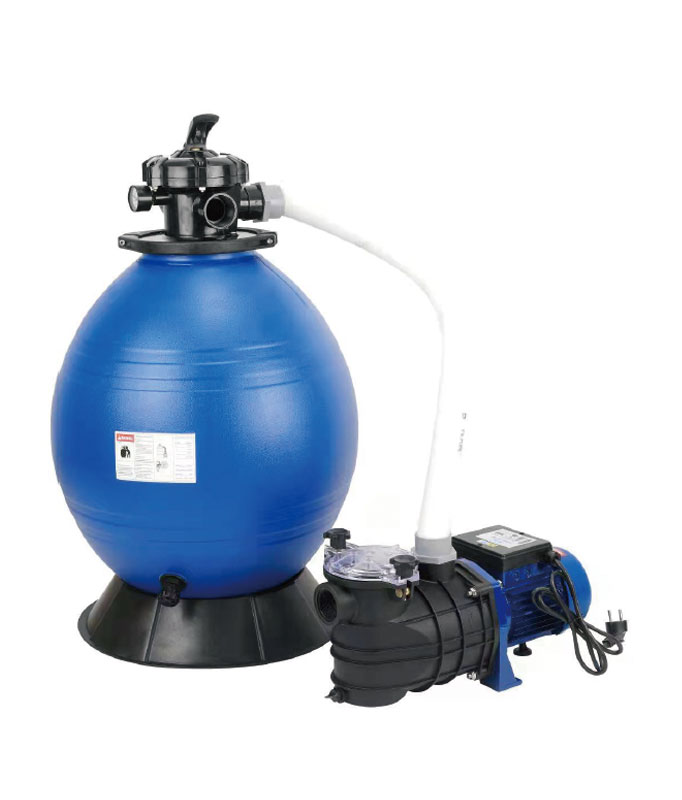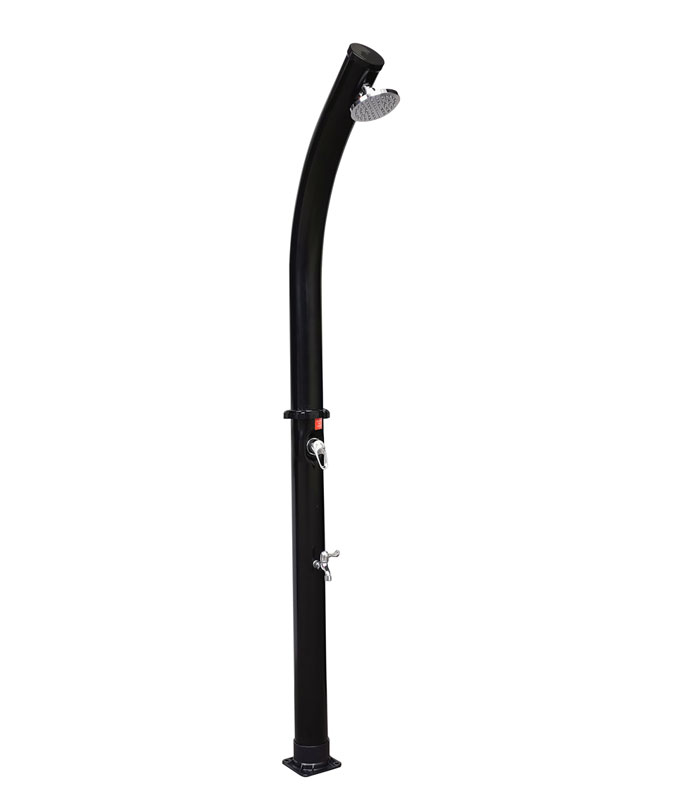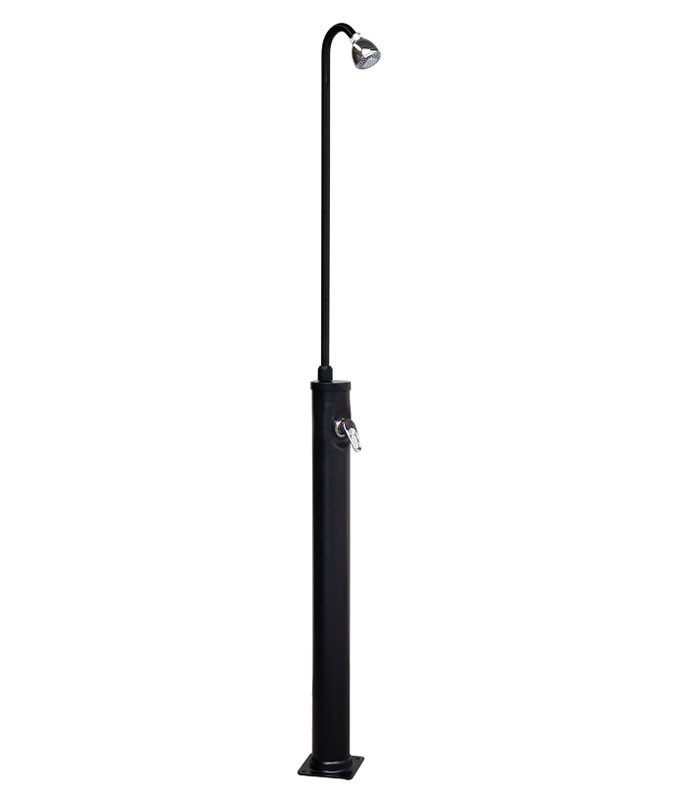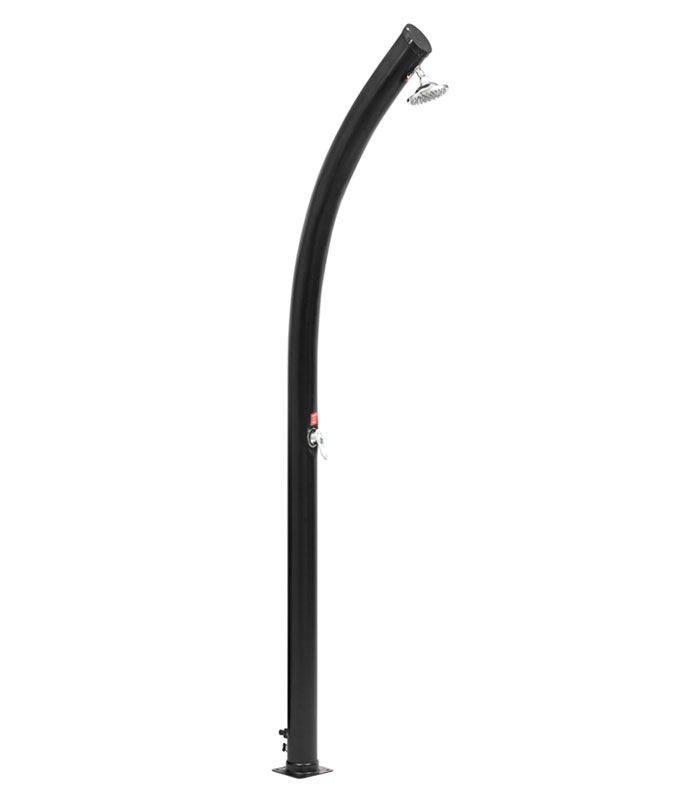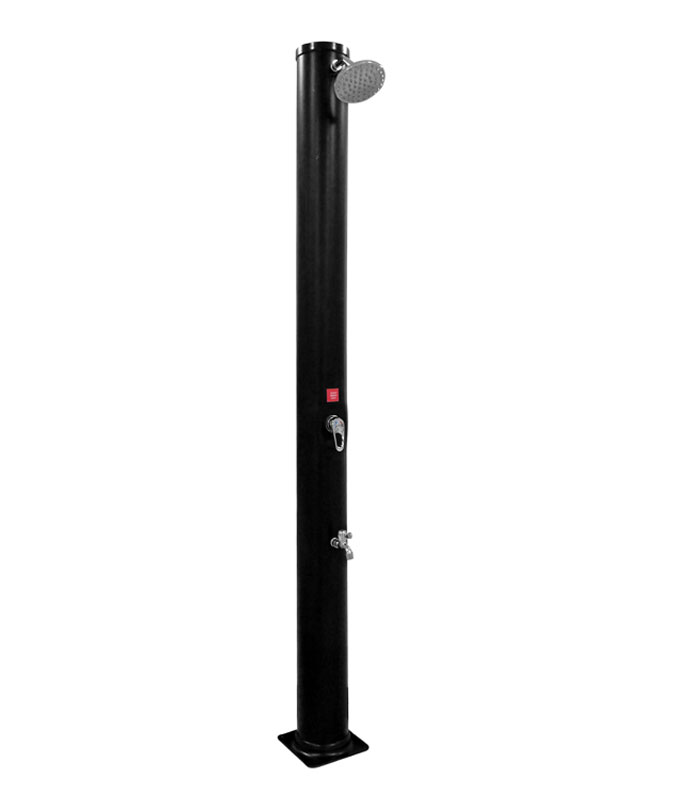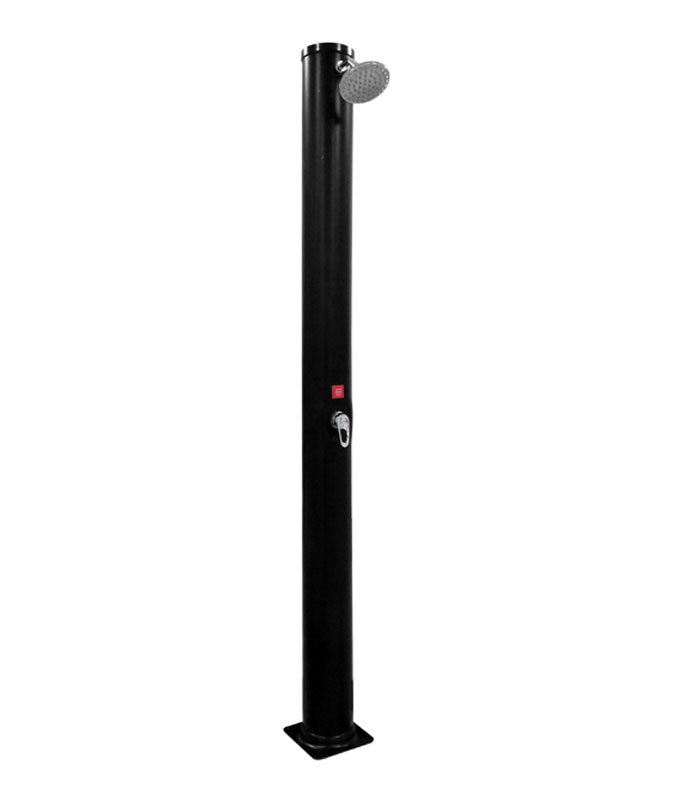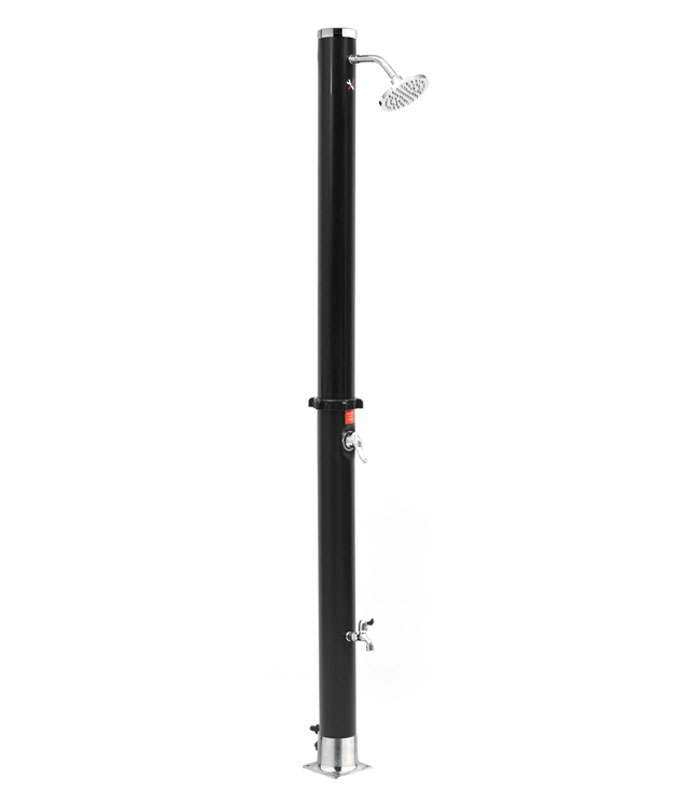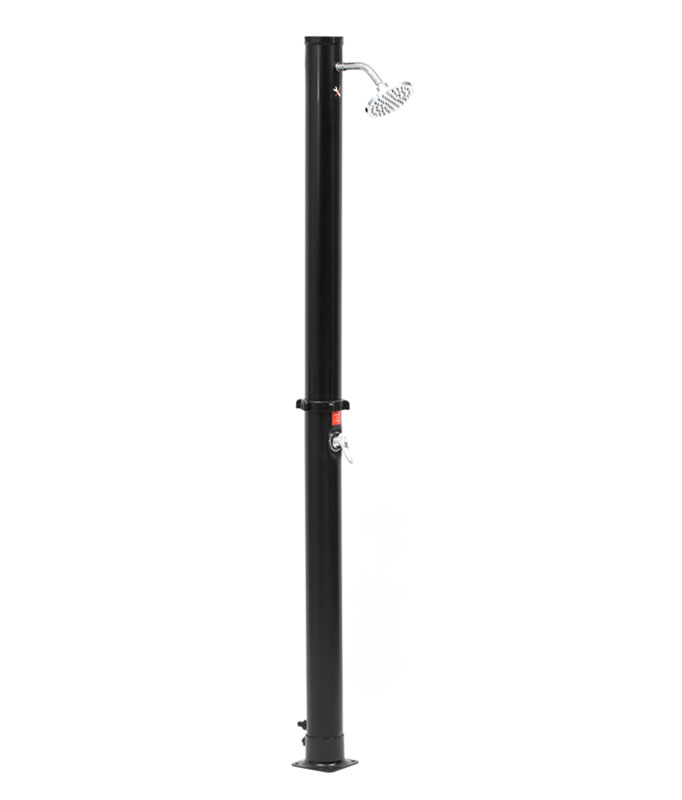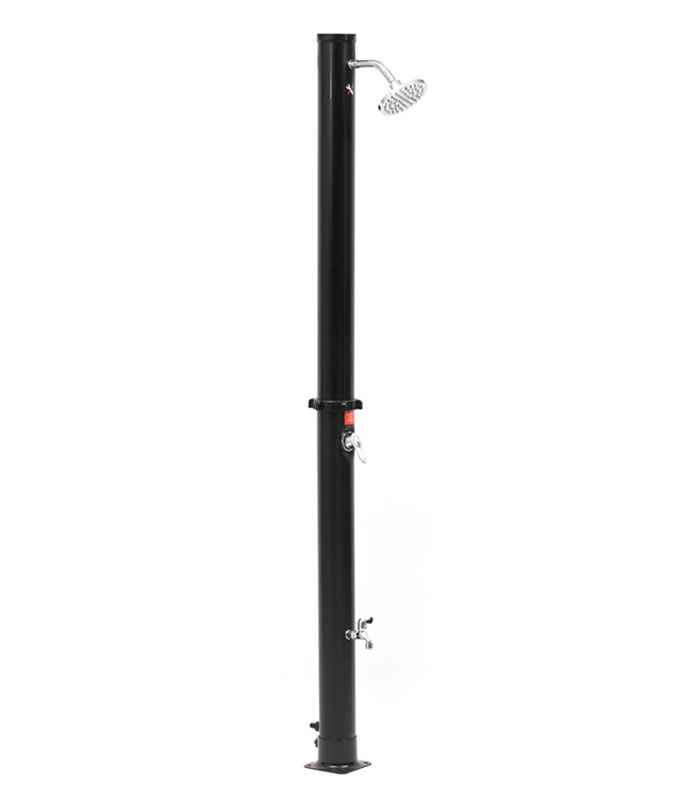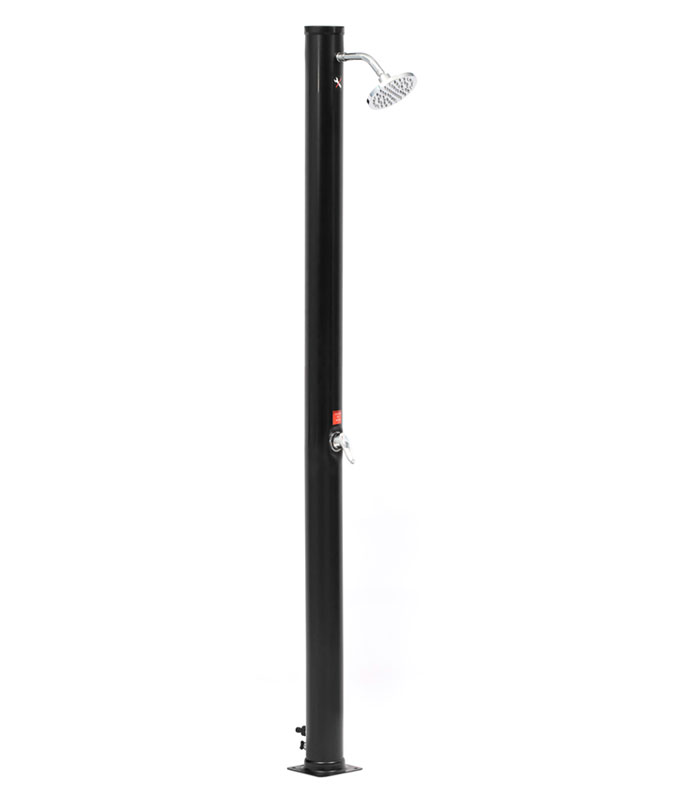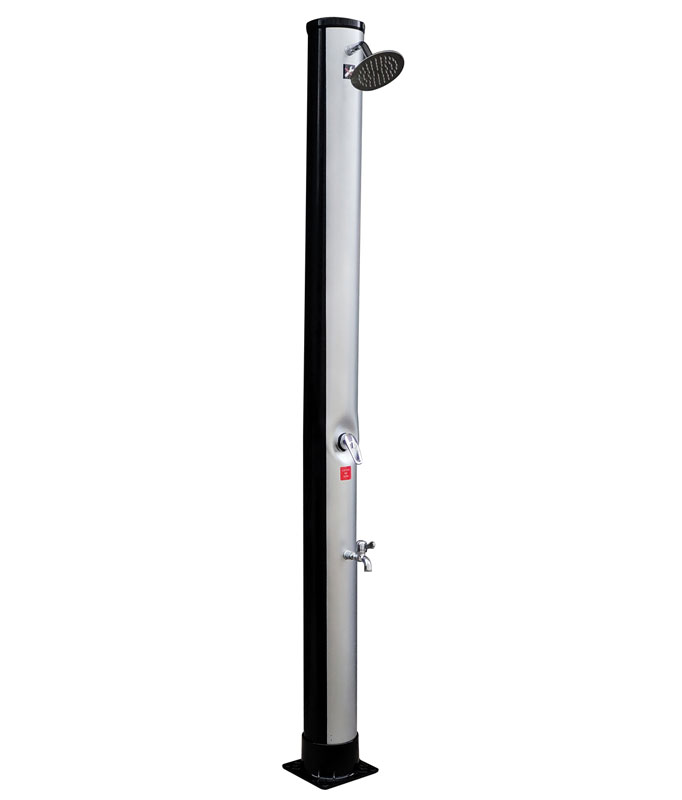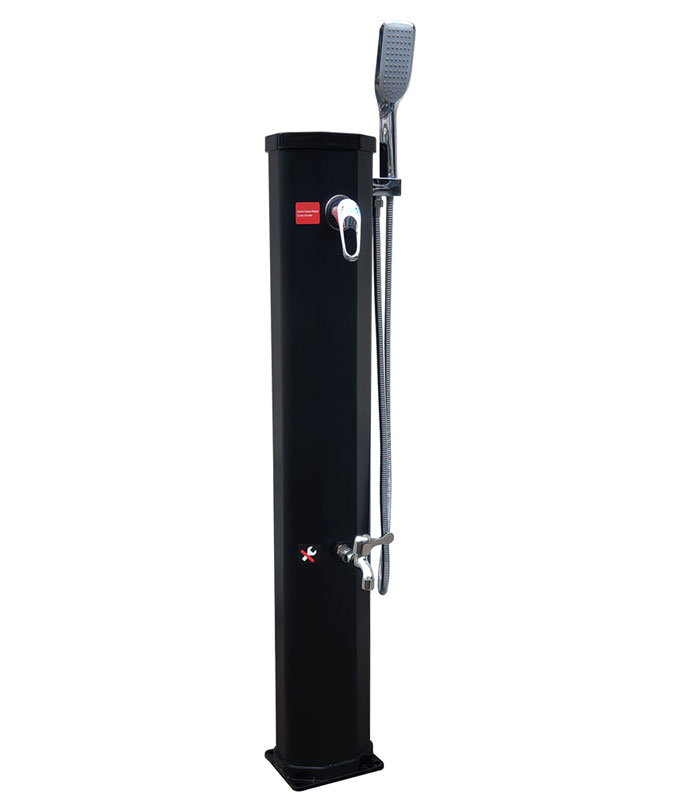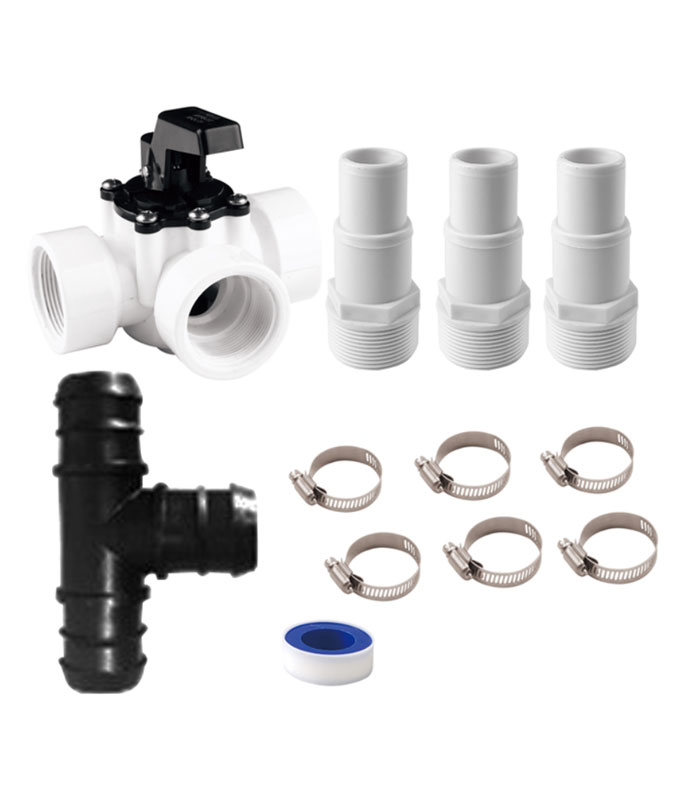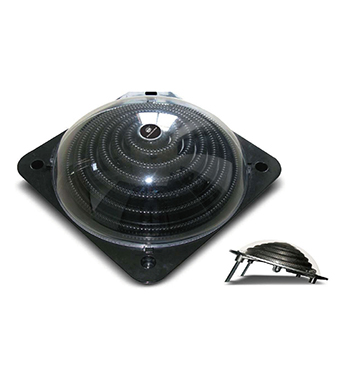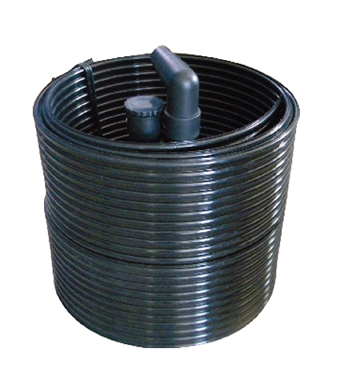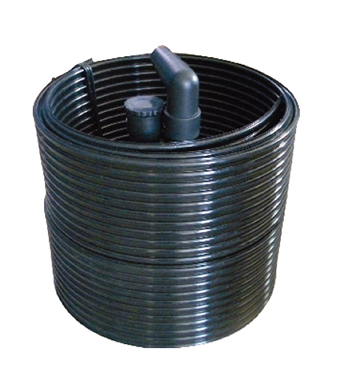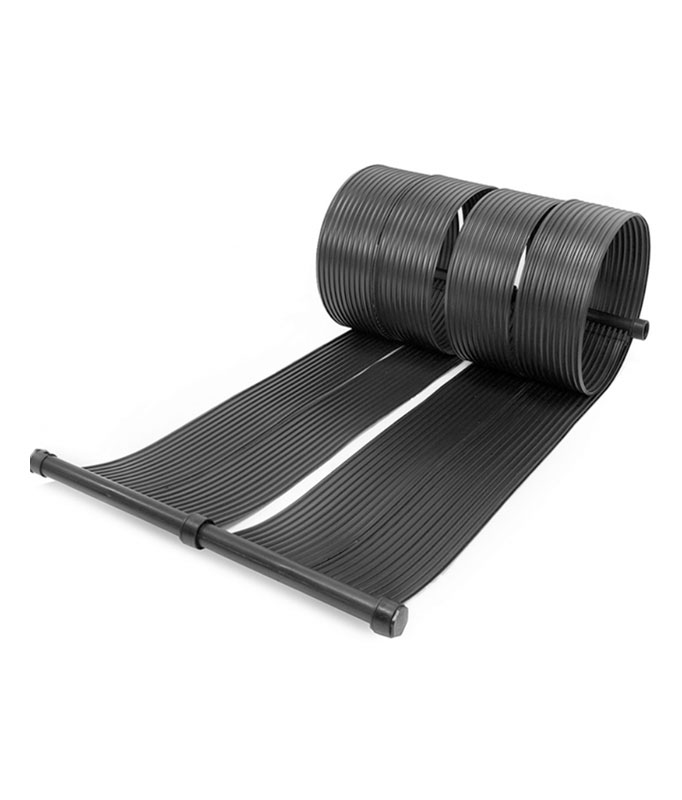Imagine replacing a battery or filter in just five minutes. Sounds futuristic, right? With modular design: A maintenance revolution for battery/filter replacement in 5 minutes, this is now a reality. In 2025, this approach is essential. It simplifies maintenance, saves time, and keeps systems running smoothly. Whether it’s a robotic pool cleaner like this one or other devices, modular design transforms maintenance into a breeze.
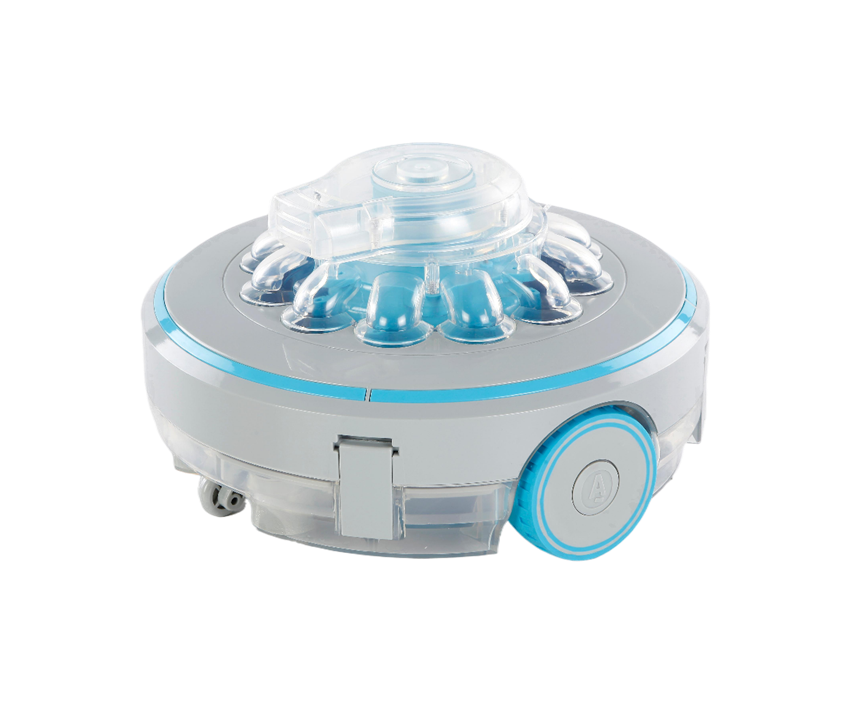
Key Takeaways
- Modular design makes fixing things easy. You can quickly replace parts like batteries and filters, saving time and work.
- Modular systems are flexible. You can change parts to fit different places and swap them easily, which means less waiting time.
- Planning for growth while designing helps your system expand as needed. This makes future upgrades simple and saves money.
Core Principles of Modular Design
Flexibility: Adapting to diverse maintenance needs
Flexibility is the backbone of modular design. It lets you adapt systems to meet different maintenance requirements without overhauling the entire setup. Imagine a device that works in multiple environments—whether it’s a humid basement or a dusty workshop. Modular components make this possible. You can swap out parts to suit specific conditions or upgrade them as technology evolves.
Tip: When designing modular systems, think about the environments your device will operate in. Choose materials and components that can handle those conditions.
Interchangeability: Standardized modules for quick replacement
Interchangeability is all about making life easier. With standardized modules, you don’t have to waste time hunting for unique parts. Instead, you can replace components quickly and get back to work. For example, a modular vacuum cleaner might use the same filter across different models. This saves you from compatibility headaches and ensures smooth maintenance.
- Benefits of interchangeability:
- Faster repairs
- Reduced inventory complexity
- Easier upgrades
Scalability: Expanding systems with minimal effort
Scalability lets you grow your system without starting from scratch. Need more power or capacity? Just add a module. Modular design makes expansion simple and cost-effective. For instance, a modular solar panel system allows you to add panels as your energy needs increase. You don’t have to replace the entire setup—just plug in what you need.
Note: Plan for scalability during the design phase. This ensures your system can grow with your needs.
Benefits of Modular Design for Maintenance
Modular design: A maintenance revolution for battery/filter replacement in 5 minutes
Imagine being able to replace a battery or filter in just five minutes. That’s the magic of modular design. It’s not just a trend; it’s a game-changer for maintenance. With modular design: A maintenance revolution for battery/filter replacement in 5 minutes, you can say goodbye to complicated repairs. Instead, you’ll enjoy a system that’s easy to handle and saves you time.
This approach works because it breaks down complex systems into smaller, manageable parts. Each module is designed to be independent yet compatible. So, when something needs fixing, you don’t have to dismantle the entire system. You just replace the part that’s causing trouble. It’s that simple.
Tip: Always keep spare modules handy. This way, you can quickly swap out parts and keep your system running smoothly.
Reduced downtime and effort in battery replacement
Nobody likes downtime. It’s frustrating and can disrupt your workflow. Modular design minimizes this by making battery replacement quick and effortless. Instead of fiddling with screws or dealing with hard-to-reach compartments, you can simply pop out the old battery and snap in a new one.
Think about how this could help in your daily life. Whether it’s a cordless vacuum or a robotic lawn mower, modular batteries make maintenance a breeze. You’ll spend less time fixing and more time using your devices.
- Why it matters:
- Saves time during repairs
- Reduces frustration
- Keeps your devices operational longer
Streamlined filter replacement for consistent performance
Filters are essential for many devices, from air purifiers to pool cleaners. But replacing them can be a hassle. Modular design changes that. With a modular system, filters are easy to access and replace. You won’t need special tools or technical skills.
This simplicity ensures your devices perform at their best. Clean filters mean better airflow, improved efficiency, and longer-lasting equipment. Plus, you’ll avoid the mess and stress of traditional filter replacements.
Note: Regularly check your filters for dirt or wear. Replacing them on time will keep your system running like new.
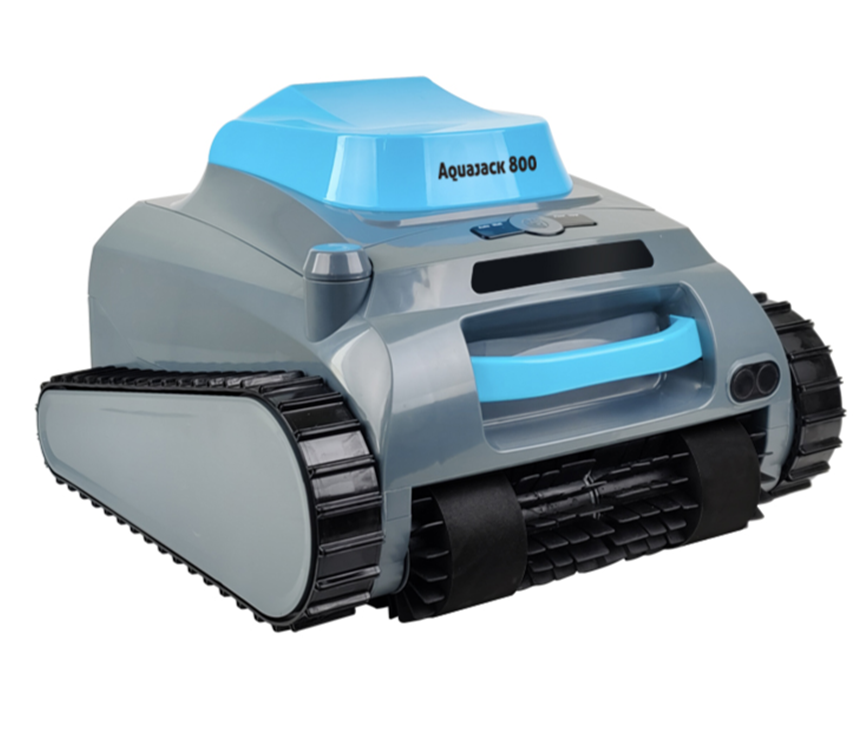
Cost efficiency and long-term savings
Modular design isn’t just about convenience. It’s also a smart financial choice. By focusing on replaceable modules, you avoid the need to buy entirely new systems. This approach reduces waste and saves money over time.
For example, instead of replacing an entire vacuum cleaner, you can just swap out the motor or filter. The same goes for other devices. Modular design: A maintenance revolution for battery/filter replacement in 5 minutes, ensures you get the most out of your investment.
- Key benefits:
- Lower repair costs
- Less waste
- Longer lifespan for your devices
When you think about it, modular design is a win-win. It saves you time, effort, and money while keeping your devices in top shape.
Step-by-Step Guide to Implementing Modular Design
Assess current systems for modular opportunities
The first step in implementing modular design is to evaluate your current systems. Take a close look at the devices or processes you use daily. Are there parts that frequently need repairs or replacements? Do certain components feel outdated or inefficient? Identifying these areas will help you spot opportunities for modular upgrades.
For example, if you’re constantly replacing filters in an air purifier, that’s a clear sign. A modular design could simplify this process and save you time. Similarly, if a device’s battery is hard to access, modular components can make replacements faster and easier.
Tip: Create a checklist of all the components in your system. Mark the ones that are prone to wear and tear or require frequent maintenance. This will give you a clear starting point for modular improvements.
Plan and design modular components
Once you’ve identified the areas for improvement, it’s time to plan. Think about how you can break your system into smaller, independent modules. Each module should be easy to replace, upgrade, or repair without affecting the rest of the system.
Start by sketching out your ideas. Visualize how the modules will fit together and interact. For instance, if you’re designing a modular vacuum cleaner, consider how the battery, motor, and filter can be separate yet compatible.
- Key considerations when designing modular components:
- Compatibility: Ensure all modules work seamlessly together.
- Accessibility: Make sure modules are easy to access and replace.
- Durability: Use materials that can withstand regular use and environmental factors.
Note: Collaborate with your team during this phase. Fresh perspectives can lead to innovative solutions.
Test and refine modular systems
Before rolling out your modular design, you need to test it. This step ensures everything works as intended and meets your maintenance goals. Start with small-scale tests. Replace a single component and observe how it performs. Does it integrate smoothly with the rest of the system?
Testing isn’t just about functionality. It’s also about usability. Ask yourself: Is the module easy to replace? Does it reduce downtime? Gather feedback from users or team members and use it to refine your design.
Pro Tip: Document any issues that arise during testing. This will help you make targeted improvements and avoid similar problems in the future.
Integrate modular design into workflows
Now that your modular system is ready, it’s time to integrate it into your daily operations. This step is crucial for ensuring a smooth transition. Start by updating your maintenance procedures to include the new modular components.
For example, if you’ve implemented a modular design for battery replacement, outline the steps for swapping out the battery. Make sure these steps are clear and easy to follow. You might also want to create a quick-reference guide or video tutorial for your team.
- Steps for seamless integration:
- Update maintenance manuals and training materials.
- Communicate the benefits of the new system to your team.
- Monitor the integration process and address any challenges.
Reminder: Keep spare modules readily available. This ensures you can quickly replace components when needed.
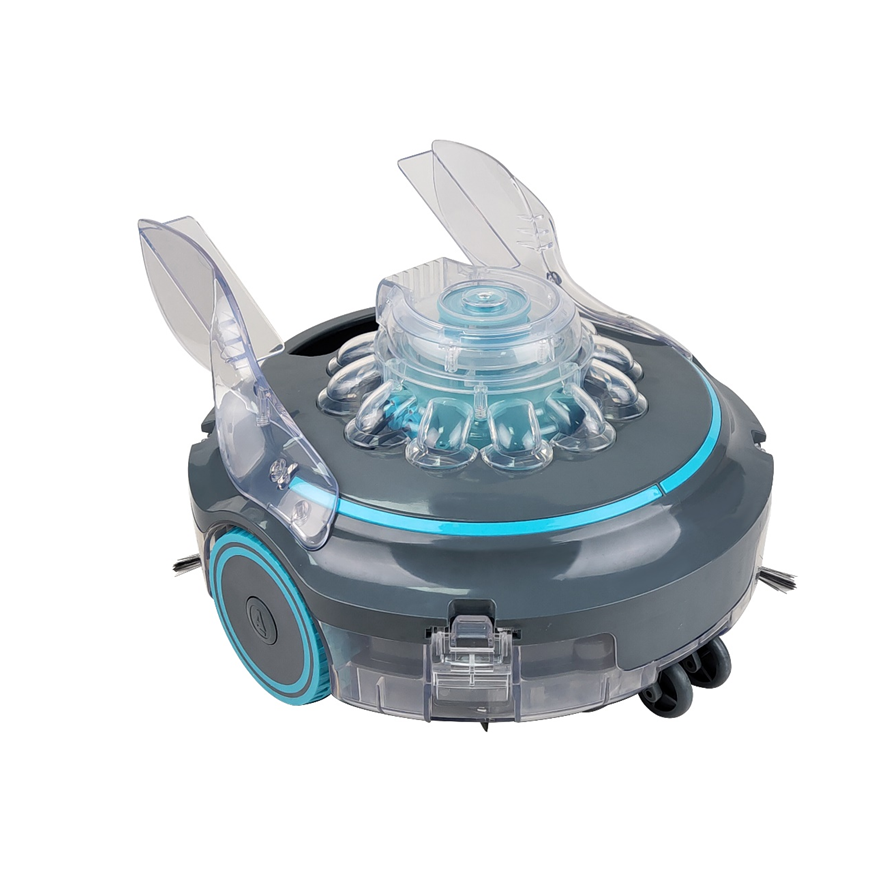
Train teams and monitor performance
The final step is to train your team. Everyone involved in maintenance should understand how the modular system works. Conduct hands-on training sessions where team members can practice replacing modules. This will build their confidence and ensure they’re prepared for real-world scenarios.
After training, keep an eye on how the system performs. Are the modules meeting your expectations? Is the maintenance process faster and more efficient? Regularly review performance metrics and gather feedback from your team. Use this information to make ongoing improvements.
Tip: Celebrate small wins, like reduced downtime or quicker repairs. This will motivate your team and reinforce the value of modular design.
By following these steps, you’ll unlock the full potential of modular design: A maintenance revolution for battery/filter replacement in 5 minutes. Your systems will be easier to maintain, more efficient, and ready to adapt to future needs.
Modular design makes maintenance a breeze, especially when it comes to replacing batteries and filters. You’ll save time, cut costs, and enjoy systems that adapt to your needs.
Takeaway: Adopting modular design isn’t just smart—it’s essential. Start small, and you’ll see how it transforms your workflows into something truly efficient.
FAQ
What is modular design in simple terms?
Modular design breaks a system into smaller, replaceable parts. Each part works independently but fits together seamlessly, making maintenance and upgrades easier.
How does modular design save time during maintenance?
It simplifies repairs. Instead of fixing the entire system, you just replace the faulty module. This reduces downtime and gets your device running faster.
Can modular design work for all devices?
Not every device supports modular design. However, it works best for systems with replaceable components like batteries, filters, or motors.
Tip: Check if your device has modular options before purchasing.

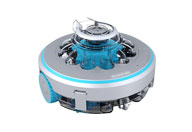 Robotic Pool Cleaner
Robotic Pool Cleaner 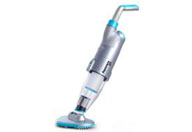 Portable Pool Vacuum Cleaner
Portable Pool Vacuum Cleaner 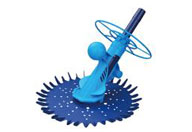 Automatic Pool Cleaner
Automatic Pool Cleaner 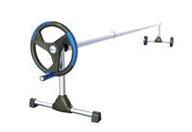 Pool Cover Reel
Pool Cover Reel 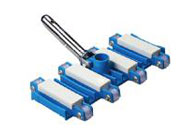 Pool Cleaning Accessories
Pool Cleaning Accessories 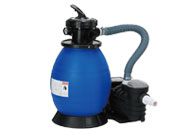 Pool Filter Pump
Pool Filter Pump 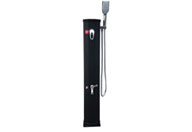 Pool Solar Shower
Pool Solar Shower 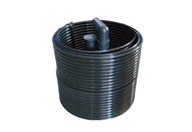 Pool Solar Collector
Pool Solar Collector 